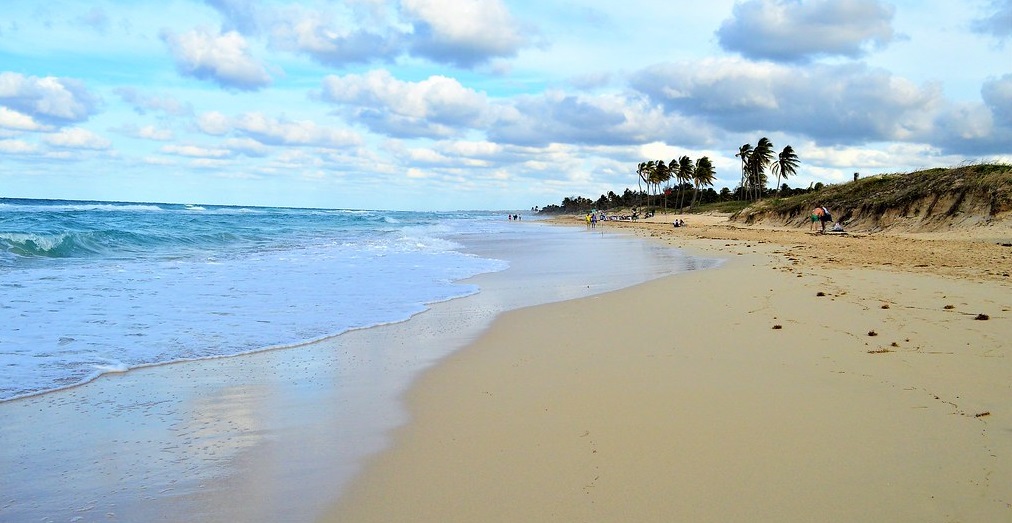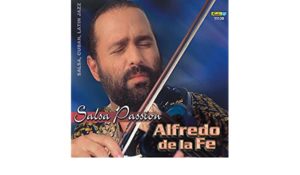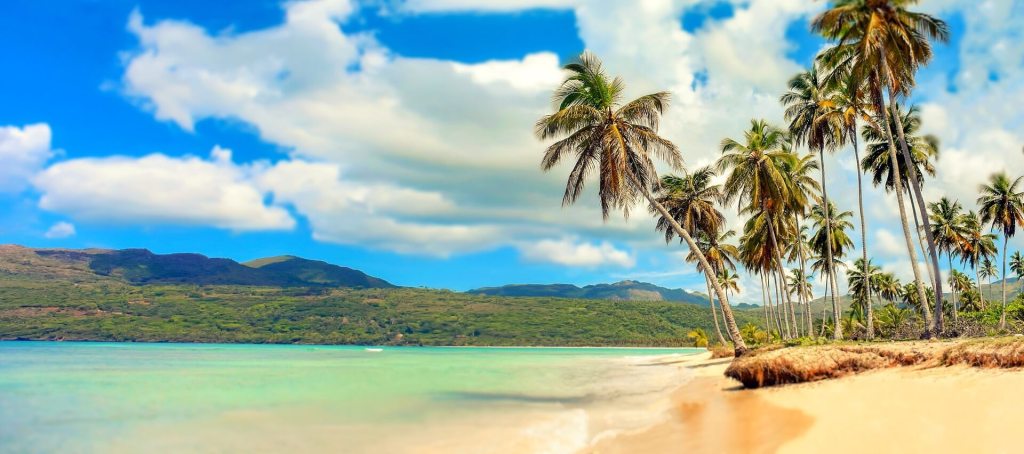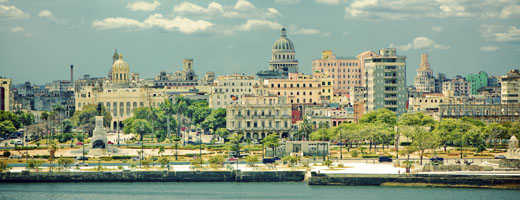 ALFREDO DE LA FE, VIOLINISTA, COMPOSITOR, ACTOR Y PRODUCTOR. VIDEOS.
ALFREDO DE LA FE, VIOLINISTA, COMPOSITOR, ACTOR Y PRODUCTOR. VIDEOS.
Alfredo Manuel de la Fe, mejor conocido como “El Violinista de la Salsa” nació en La Habana, Cuba el 6 de febrero de 1954, es un violinista con sede en Nueva York que vivió en Colombia por más de 16 años. y es responsable de transformar el violín en un sonido importante de salsa y música latina.
Niño prodigio, el padre de Alfredo, que era cantante (tenor de ópera) en La Habana, Cuba, y cantó en la radio cubana con Bienvenido León y Celia Cruz en la década de 1940 reconoció las habilidades de su hijo y alentó su talento musical.
De La Fé comenzó a estudiar violín en el Conservatorio Amadeo Roldán en La Habana en 1962. En 1964 recibió una beca para asistir al Conservatorio de Varsovia en Polonia. En 1965, realizó composiciones de Mendelssohn y Tchaikovsky con la Metropolitan Opera Orchestra en el Carnegie Hall. Una beca para Juilliard Arts le permitió continuar sus estudios. De La Fé inició su carrera profesional, a la edad de doce años, cuando cambió de música clásica a Salsa y aceptó una invitación para unirse a la Orquesta de la leyenda de la charanga José Fajardo en 1966.
El primer violinista solista en actuar con una Orquesta de Salsa, De La Fé ha recorrido el mundo más de treinta veces, apareciendo en concierto y participando en más de cien álbumes de artistas latinos de primer nivel como Eddie Palmieri, Tito Puente, Celia Cruz. , José Alberto “El Canario”, Cheo Feliciano, The Fania All-Stars, Santana y Larry Harlow. Su segundo álbum en solitario, Alfredo, lanzado en 1979, recibió una nominación al Grammy como “Mejor álbum latino”.
En 1972, se unió a la Orquesta de Eddie Palmieri. Permaneció con el grupo por un período muy corto, mudándose temporalmente a San Francisco, donde se unió a Santana en 1976. Al regresar a Nueva York, De La Fé se unió a Tipica ’73 en 1977. Dos años más tarde, lanzó su álbum debut en solitario, Alfredo. y fue nominado para tres premios Grammy. Su canción, “Hot to trot”, apareció en los primeros 50 en los Estados Unidos.
En 1980, De La Fé firmó con Sars All-Stars y produjo treinta y dos álbumes para el sello discográfico latino. Su segundo álbum en solitario, Charanga ’80, fue lanzado el mismo año. En 1981, De La Fé se convirtió en el director musical del Latin Percussion Jazz Ensemble de Tito Puente.
En 1981 reanudó su carrera en solitario, firmando con Taboga, para quien grabó el álbum Triunfo. Trasladándose a Colombia en 1983, De La Fé firmó con Philips y lanzó tres álbumes: ‘Made in Colombia’, ‘Dancing in the Tropics’ y ‘Alfredo De La Fé Vallenato’ – a fines de la década de 1980.
En 1989, De La Fé cambió a la etiqueta de Fuentes. En 1991 recorrió Europa tocando en Ginebra, París y Roma y conoció a Eddie Palmieri. En 1991 también participó en una telenovela colombiana “AZUCAR”. Aunque se unió al Fania All-Stars en 1995, De La Fé continuó su carrera en solitario. Firmó con Sony Music en 1997. Dos años más tarde, realizó una gira con su propia banda, apareciendo en festivales en Dinamarca, Holanda, Francia, Turquía y Bélgica, y se reunió con la Orquesta de Eddie Palmieri para una gira europea.
En 2002, después de varios años en Europa, Alfredo regresó a Nueva York y recorrió los Estados Unidos con su banda de Nueva York, dirigida por el pianista Israel Tanenbaum. Otros músicos incluyen al bajista Máximo Rodríguez, los percusionistas Tony Escapa y Little Johnny Rivero, la flautista Andrea Brachfeld.
 ALFREDO DE LA FE, VIOLINIST, PRODUCER, ACTOR, AND COMPOSER. VIDEOS.
ALFREDO DE LA FE, VIOLINIST, PRODUCER, ACTOR, AND COMPOSER. VIDEOS.
Alfredo Manuel de la Fe is better known as the “The Salsa Violinist” (El Violinista de la Salsa” was born in Havana, Cuba on February 6, 1954, is a New York-based violinist who lived in Colombia for more than 16 years and is responsible for transforming the violin into an important sound of Salsa and Latin music.
A child prodigy, Alfredo’s father who was a singer (a tenor of opera) in Havana, Cuba, and sang on Cuban radio with Bienvenido León and Celia Cruz in the 1940s recognized his son’s skills and encouraged his musical talent.
De La Fé began studying the violin at the Amadeo Roldán Conservatory in Havana in 1962. In 1964 he received a scholarship to attend the Warsaw Conservatory in Poland. In 1965, he performed compositions by Mendelssohn and Tchaikovsky with the Metropolitan Opera Orchestra in Carnegie Hall. A scholarship to Juilliard Arts enabled him to further his studies. De La Fé launched his professional career, at the age of twelve, when he switched from classical music to Salsa and accepted an invitation to join charanga legend José Fajardo’s Orchestra in 1966.
The first solo violinist to perform with a Salsa Orchestra, De La Fé has toured the world more than thirty times, appearing in concert and participating in more than one hundred albums by such top-ranked Latin artists as Eddie Palmieri, Tito Puente, Celia Cruz, José Alberto “El Canario”, Cheo Feliciano, The Fania All-Stars, Santana and Larry Harlow. His second solo album, Alfredo, released in 1979, received a Grammy nomination as “Best Latin album”.
https://youtu.be/xUeifeb7LoA
In 1972, he joined Eddie Palmieri’s Orchestra. He remained with the group for a very short period, moving temporarily to San Francisco where he joined Santana in 1976. Returning to New York, De La Fé joined Tipica ’73 in 1977. Two years later, he released his debut solo album, Alfredo, and was nominated for three Grammy awards. His song, “Hot to trot”, appeared in the first 50 in the USA.
In 1980, De La Fé signed with Sars All-Stars and produced thirty-two albums for the Latin record label. His second solo album, Charanga ’80, was released the same year. In 1981, De La Fé became the musical director of Tito Puente’s Latin Percussion Jazz Ensemble.
In 1981 he resumed his solo career, signing with Taboga, for whom he recorded the album Triunfo. Relocating to Colombia in 1983, De La Fé signed with Philips and released three albums – ‘Made in Colombia’, ‘Dancing in the Tropics’, and ‘Alfredo De La Fé Vallenato’ – by the end of the 1980s.
In 1989, De La Fé switched to the Fuentes label. In 1991 he toured Europe playing in Geneva, Paris, and Rome and met Eddie Palmieri. In 1991 he also participated in a Colombian soap opera “AZUCAR”. Although he joined the Fania All-Stars in 1995, De La Fé continued to pursue a solo career. He signed with Sony Music in 1997. Two years later, he toured with his own band, appearing at festivals in Denmark, Holland, France, Turkey, and Belgium, and reunited with Eddie Palmieri’s Orchestra for a European tour.
In 2002, after several years in Europe, Alfredo moved back to New York and toured the US with his New York band, led by pianist Israel Tanenbaum. Other musicians included bass player Maximo Rodriguez, percussionists Tony Escapa and Little Johnny Rivero, flute player Andrea Brachfeld.
(READ ERNESTO DE LA FE LAST PERFORMANCES IN THE SPANISH SECTION ABOVE).
Agencies/ Wiki/ Internet Photos/ YouTube/ Arnoldo Varona/ www.TheCubanHistory.com
THE CUBAN HISTORY, HOLLYWOOD.











